Peru has become synonymous with Machu Picchu, the ancient Incan citadel that draws over a million visitors annually. While this archaeological wonder deserves its fame, the crowds can transform a potentially spiritual experience into something resembling an amusement park during peak season.
The good news is that Peru offers countless other destinations where you can experience authentic culture, breathtaking mountains, and peaceful moments without battling tourist hordes. Here is a list of 20 magnificent Peruvian alternatives that deliver everything you’re seeking from Machu Picchu—often with more authenticity and far fewer selfie sticks.
Kuelap
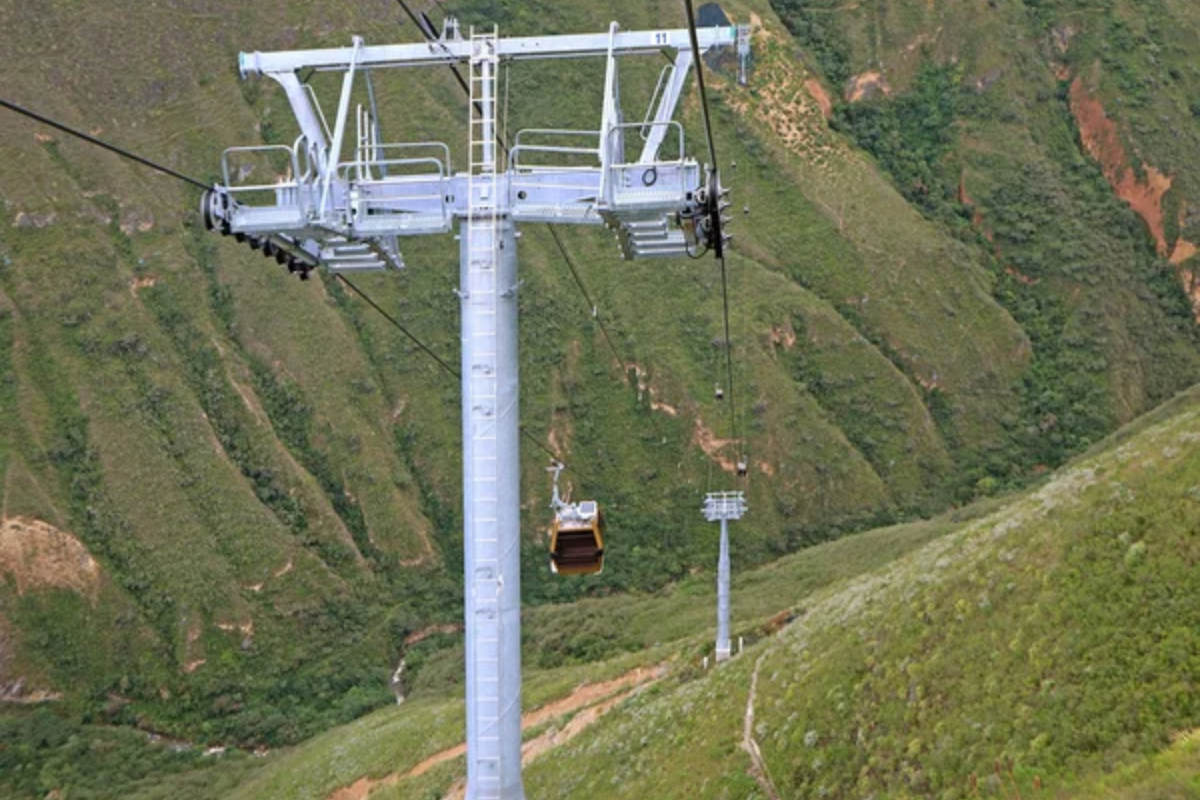
This pre-Inca fortress in northern Peru rivals Machu Picchu in historical significance, but receives just a fraction of the visitors. Built by the Chachapoyas culture around 600 AD, its massive stone walls and circular buildings sit dramatically atop a mountain ridge at 10,000 feet.
The recently installed cable car has made this ‘fortress in the clouds’ more accessible, while maintaining the sense of discovery that Machu Picchu offered travelers decades ago.
Choquequirao

Often called Machu Picchu’s sister city, this massive archaeological complex remains largely unexcavated and receives fewer than 20 visitors daily. The challenging four-day trek through the Apurímac Valley ensures you’ll have plenty of time to yourself among stone terraces and buildings that rival those at Machu Picchu.
Plans for a cable car have been discussed for years, making this potentially the last decade to experience this site in near solitude.
Like Travel Pug’s content? Follow us on MSN.
Gocta Waterfall

This two-tiered cascade remained virtually unknown to the outside world until 2005 despite being one of the world’s tallest waterfalls at 2,530 feet. Residents kept the falls relatively secret due to legends about a mermaid guardian who would bring misfortune to those who disturbed her.
The moderately challenging hike through cloud forest from the village of Cocachimba offers stunning scenery and chances to spot rare Andean cock-of-the-rocks birds.
Huascarán National Park

This UNESCO Biosphere Reserve encompasses Peru’s highest peak (Huascarán, 22,205 feet ) and dozens of crystal-blue glacial lakes throughout the Cordillera Blanca range. The Santa Cruz trek offers a manageable four-day hiking experience through diverse ecosystems and past mountains that have become climbing legends.
The park’s vastness ensures that even in high season, you can find valleys where your only companions are grazing alpacas and circling condors.
Huacachina
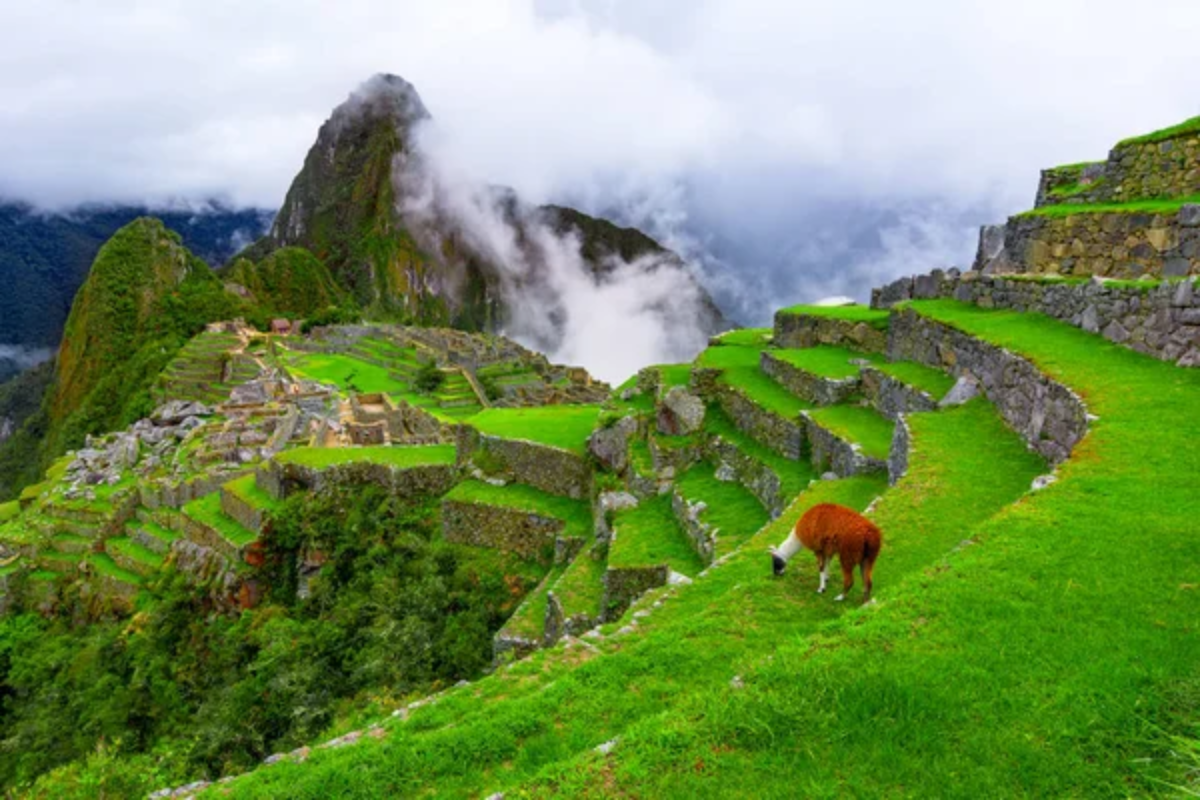
This desert oasis surrounds a natural lake amid massive dunes just four hours south of Lima. The contrast between the palm-ringed lagoon and the towering dunes creates a landscape that feels transported from the Arabian Peninsula.
Locals offer thrilling dune buggy rides and sandboarding excursions that transform the desert into a natural playground, far more exciting than shuffling through crowded ruins.
Like Travel Pug’s content? Follow us on MSN.
Colca Canyon
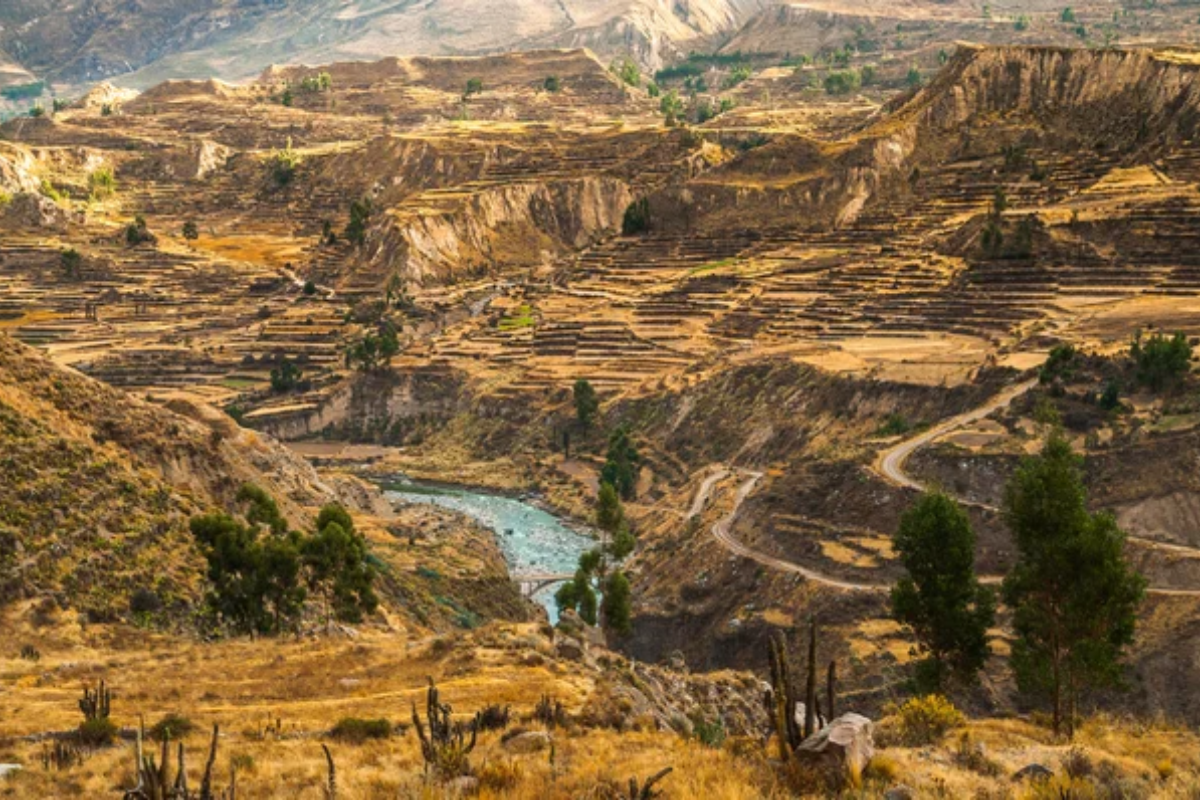
Twice as deep as the Grand Canyon, this impressive geological formation offers multi-day treks with spectacular scenery and traditional villages untouched by mass tourism. The canyon provides Peru’s most reliable spot to witness Andean condors soaring on morning thermals from lookout points like Cruz del Cóndor.
Nearby hot springs offer perfect relaxation after hiking, while pre-Inca agricultural terraces demonstrate indigenous engineering skills that predate Machu Picchu by centuries.
Marcahuasi
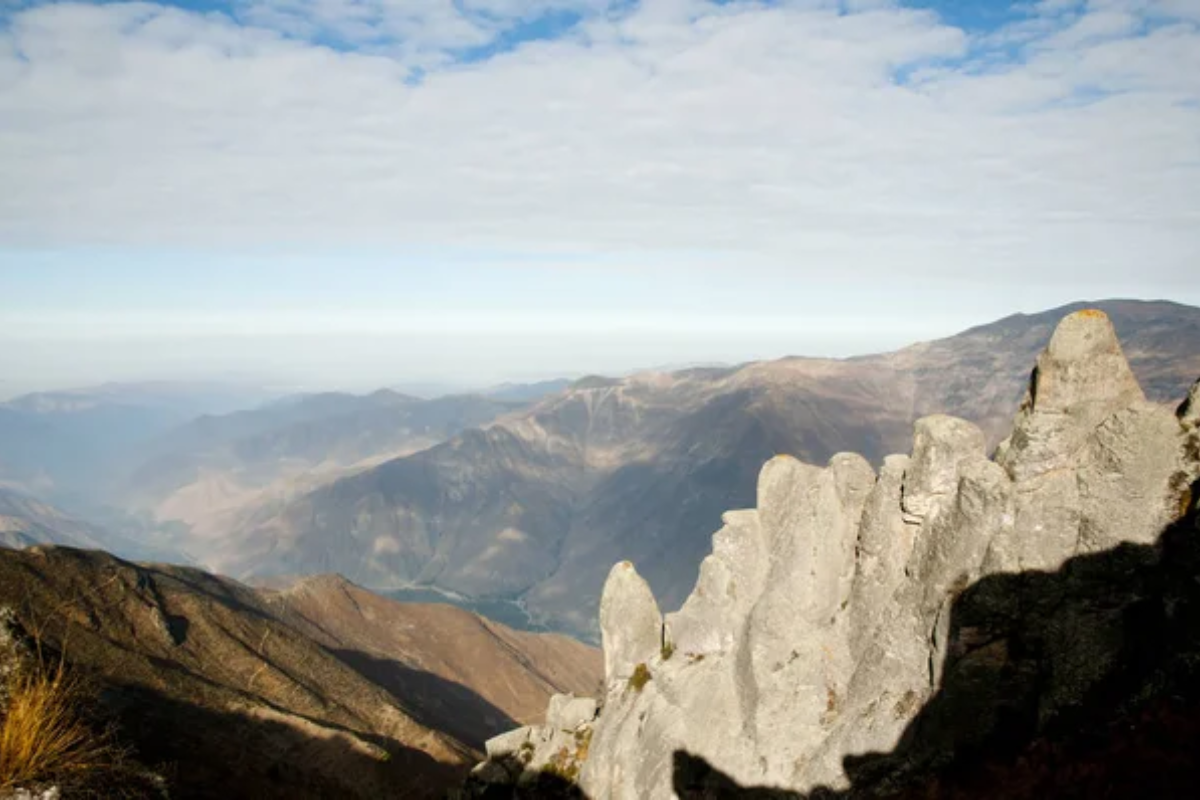
This mysterious plateau near Lima features massive stone formations that some believe are natural, while others insist they’re ancient sculptures. Regardless of origin, the eerie landscape at 13,000 feet creates a surreal camping experience, especially during full moons when the rocks cast otherworldly shadows.
The relatively difficult access—a steep hike from the village of San Pedro de Casta—keeps crowds away and preserves the site’s mystical atmosphere.
Caral
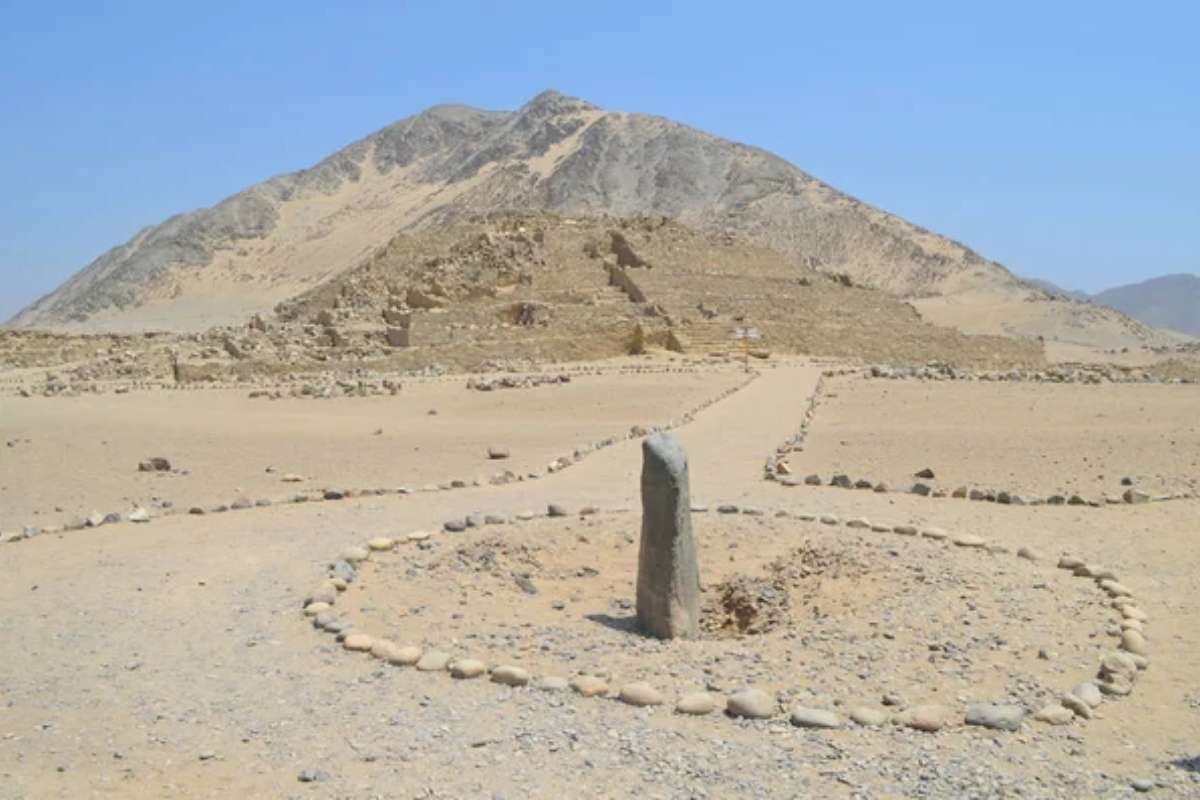
The oldest city in the Americas remains virtually unknown compared to later Incan sites despite predating them by 4,000 years. This UNESCO World Heritage site features impressive pyramids and circular plazas built around 2600 BC, making it contemporary with the Egyptian pyramids.
The archaeological complex sits in the Supe Valley, just three hours from Lima, but feels completely removed from the modern world, offering insights into Peru’s earliest civilization without the crowds.
Like Travel Pug’s content? Follow us on MSN.
Chachapoyas Region

This entire northern region offers cloud forests, waterfalls, and dozens of archaeological sites from the mysterious ‘Warriors of the Clouds’ civilization. The sarcophagi of Karajía—six painted clay figures perched on a remote cliff face—and the circular homes of Kuelap showcase distinctive pre-Inca architectural styles rarely seen elsewhere.
The regional capital, also called Chachapoyas, maintains its colonial charm and serves as an ideal base for exploring sites that receive a tiny fraction of Machu Picchu’s visitors.
Ausangate Mountain
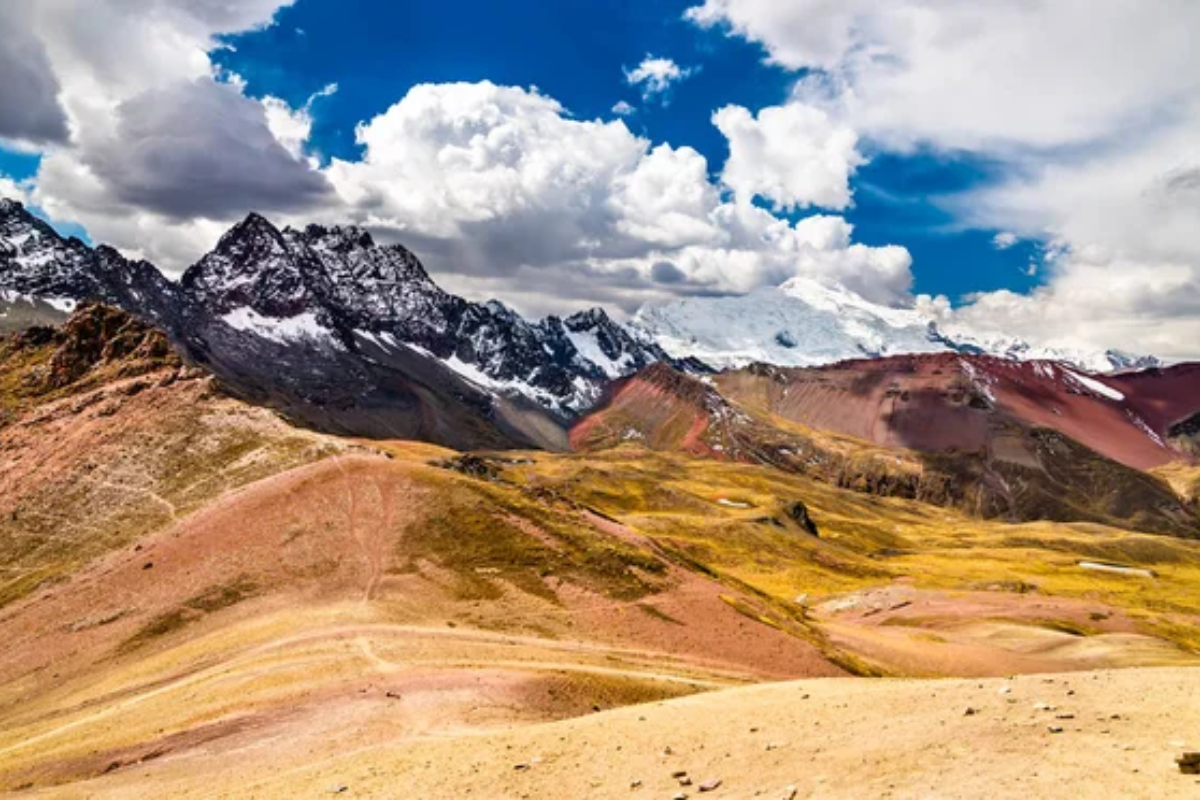
This rainbow-striped mountain in the Cusco region has gained Instagram fame in recent years but still sees relatively few international visitors. The multicolored sedimentary stripes create a natural painting across the mountainside, forming what locals call Vinicunca or Rainbow Mountain.
The challenging trek through remote communities offers glimpses into traditional Andean culture, where ancient agricultural practices and animist beliefs have continued unchanged for centuries.
Paracas National Reserve
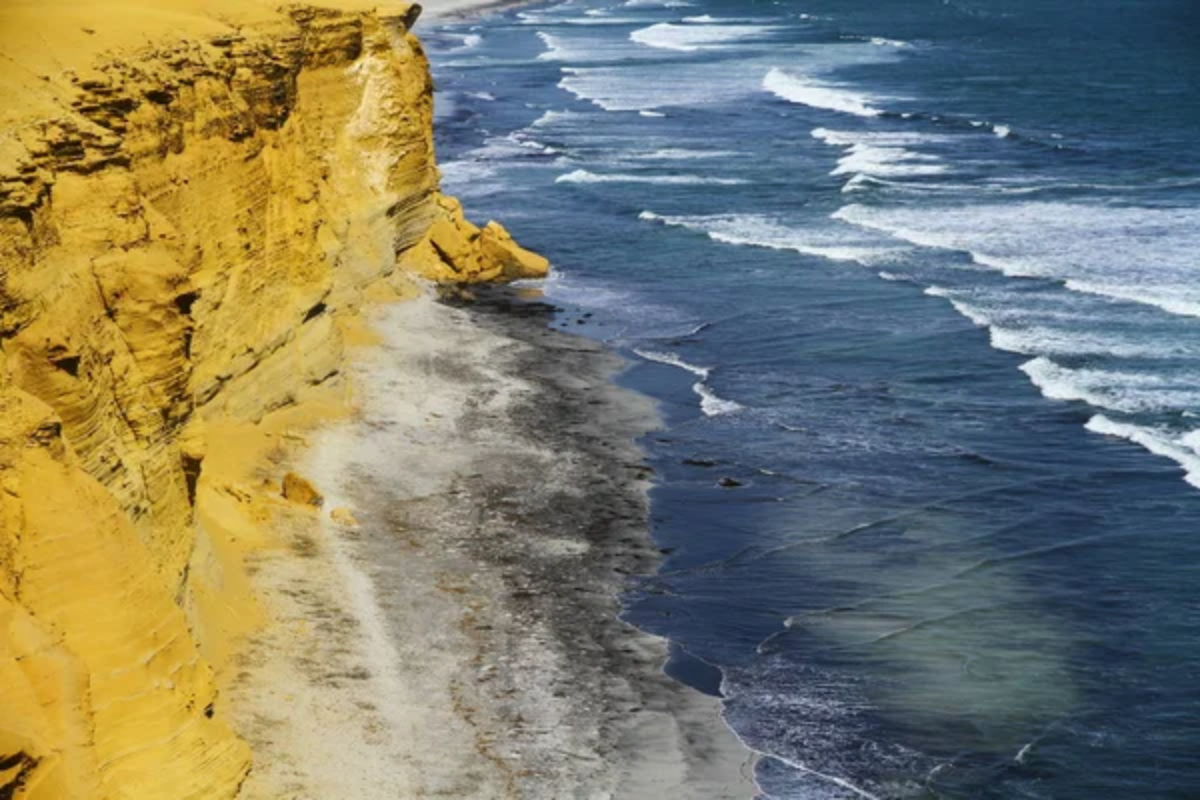
This coastal protected area where the desert meets the ocean creates landscapes unlike anything in the Andes. The red sand beaches and towering cliffs provide habitats for sea lions, Humboldt penguins, and countless species of migratory birds.
A short boat trip reaches the Ballestas Islands—often called ‘the poor man’s Galápagos’—where wildlife viewing rivals that famous archipelago without the expense of visitor restrictions.
Like Travel Pug’s content? Follow us on MSN.
Huaraz
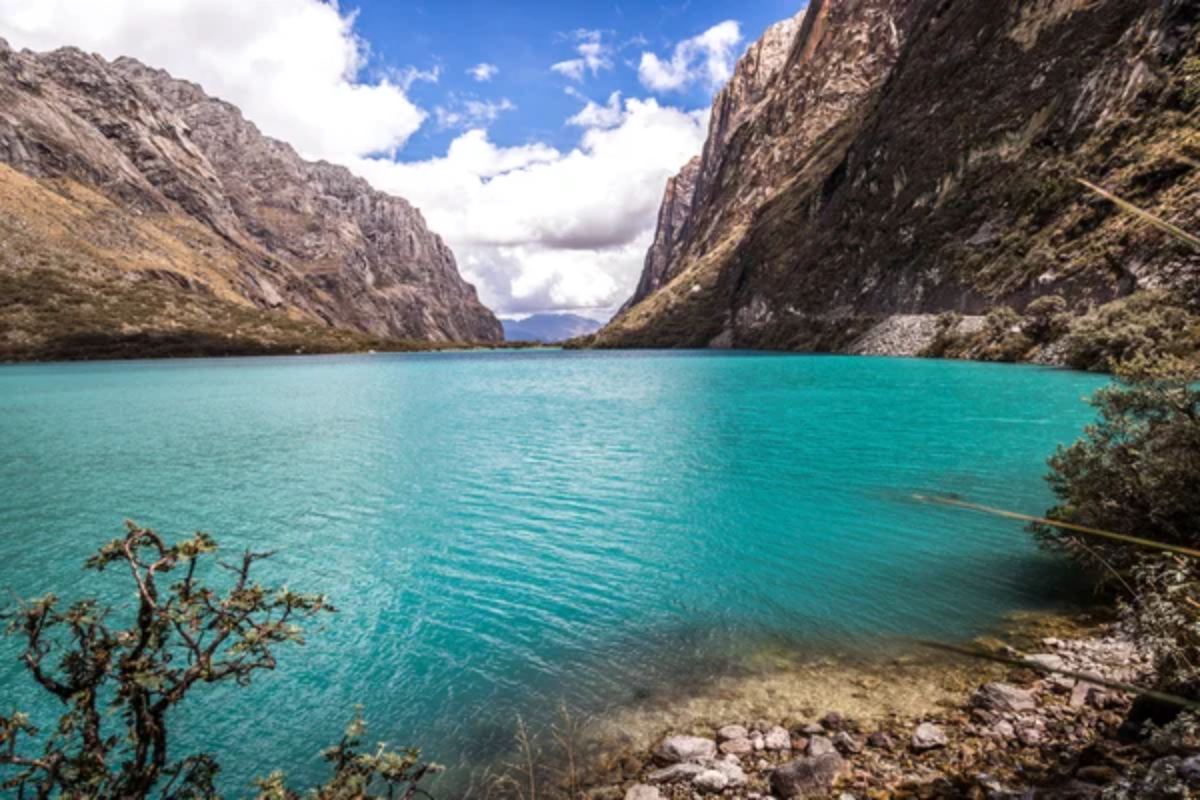
This mountain town serves as the gateway to the spectacular Cordillera Blanca range but remains refreshingly authentic despite its strategic location. Local markets showcase traditional Andean products, while the surrounding valleys offer day hikes to turquoise lakes like Laguna 69 and multi-day expeditions to remote peaks.
The town provides all the amenities trekkers need while maintaining the laid-back character that Cusco had before becoming overwhelmed by Machu Picchu-bound tourists.
Ollantaytambo
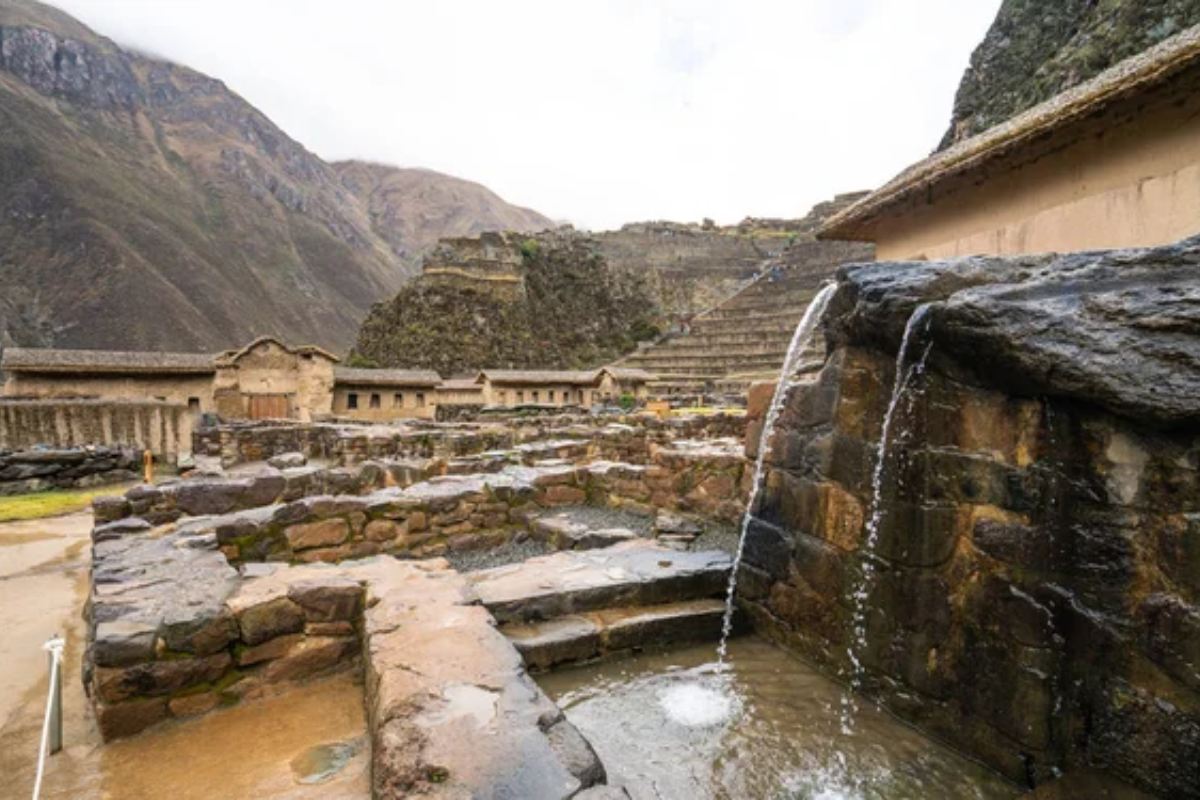
This living Inca town features some of the best-preserved original street grids and water channels in Peru, flowing continuously since pre-Columbian times. While technically on the Machu Picchu route, many travelers rush through without realizing this town merits multiple days of exploration.
The massive agricultural terraces and temple complex demonstrate Incan architectural genius, while the still-inhabited ancient streets offer authentic cultural experiences once the day-trippers have departed.
Ayacucho
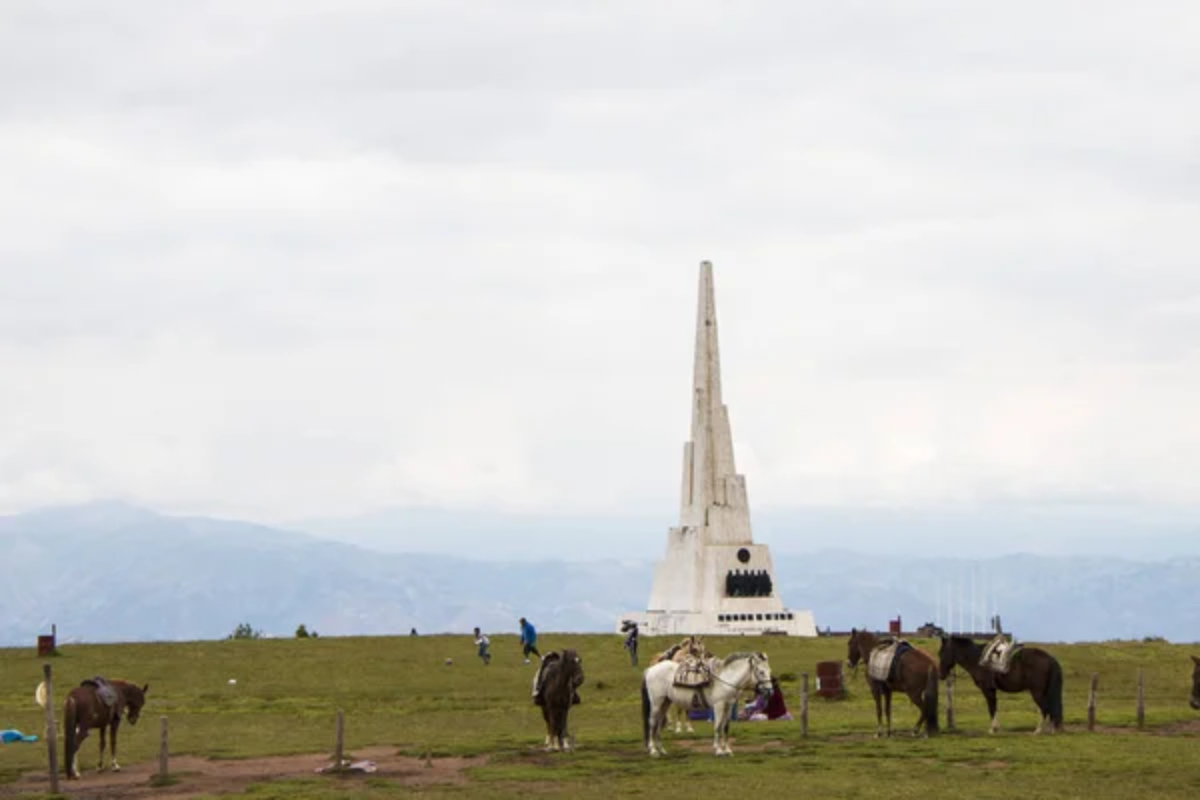
This colonial city surrounded by Andean peaks played a crucial role in Peru’s independence but remains off most tourist itineraries. The region’s distinctive artistic traditions include intricate retablos (decorative religious boxes) and elaborate weavings produced using pre-Columbian techniques.
Holy Week celebrations here rank among South America’s most authentic religious festivals, featuring processions that blend Catholic and indigenous traditions without catering to foreign observers.
Like Travel Pug’s content? Follow us on MSN.
Arequipa’s Countryside
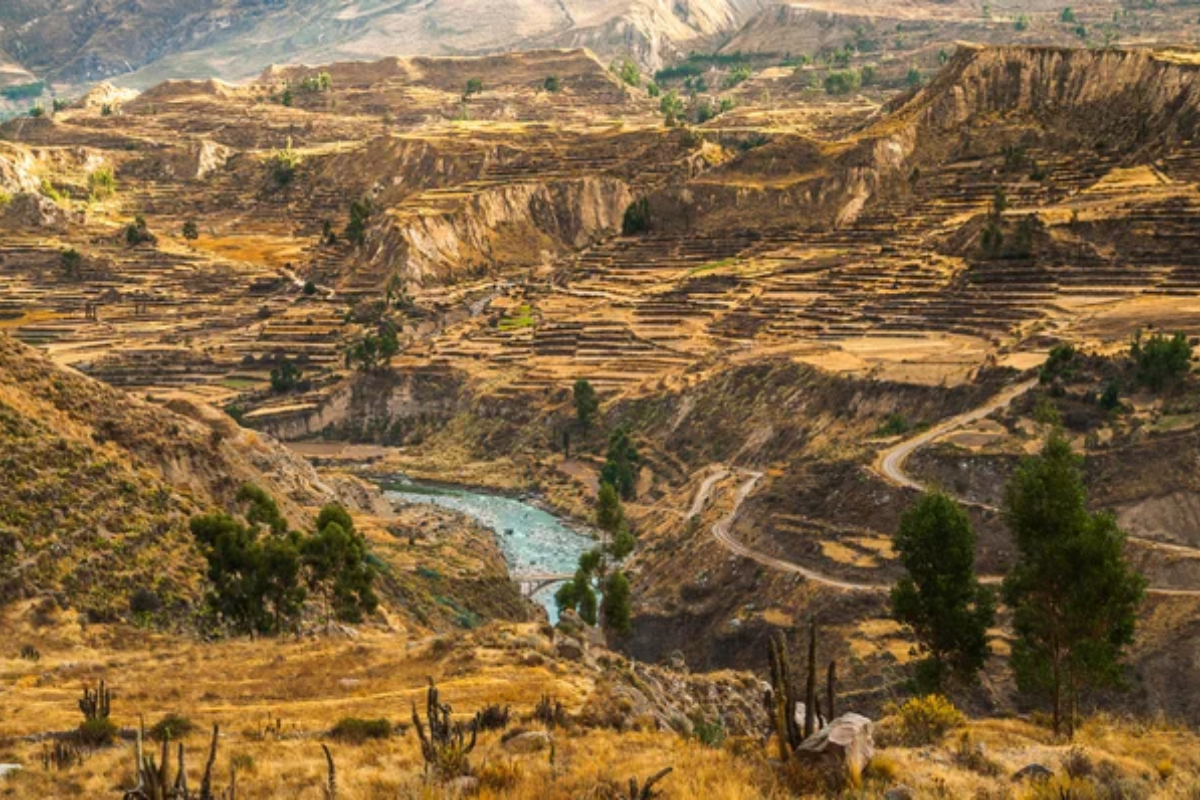
While the ‘White City’ itself has become a popular tourist destination, the surrounding countryside remains blissfully peaceful. The Chilina Valley provides hiking opportunities with views of perfect volcanic cones, while traditional villages specializing in generations-old textile production welcome respectful visitors.
The area’s terraced farms, some dating back to pre-Inca times, continue producing native crops using ancient agricultural methods that have proven more sustainable than modern alternatives.
Northern Beaches
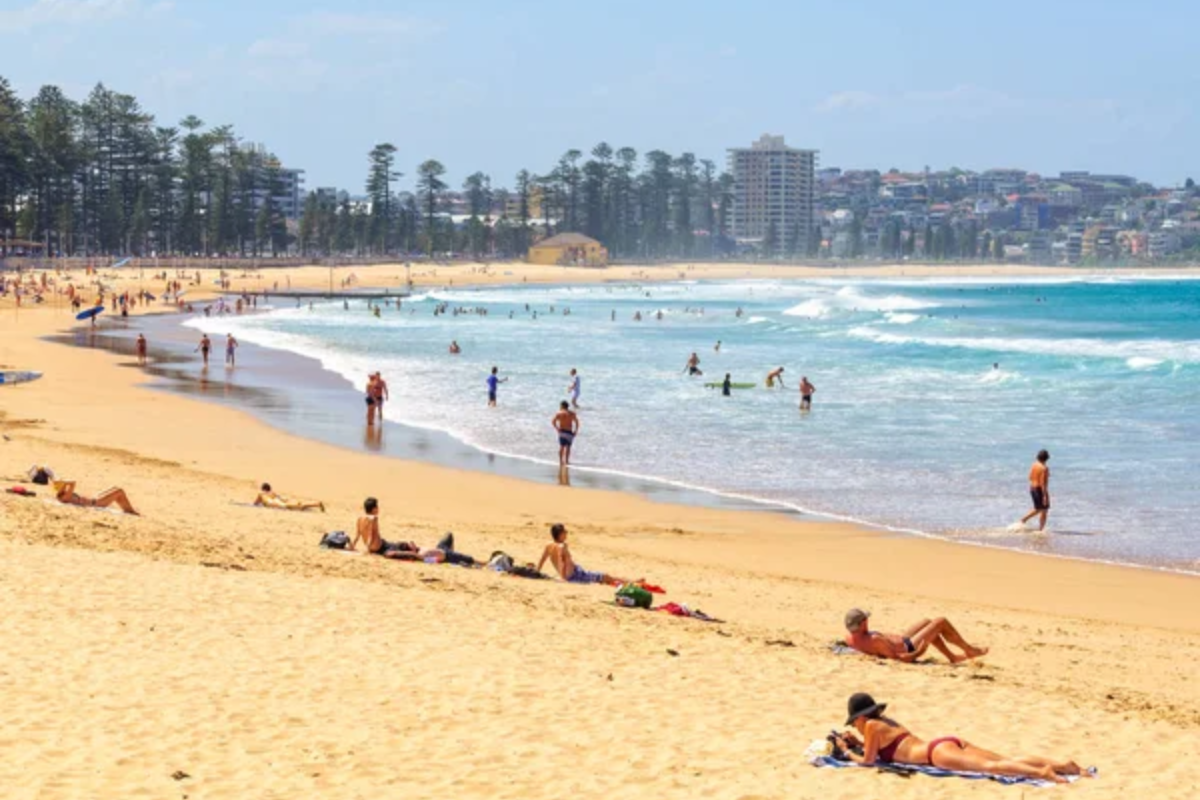
Peru’s northern coastline offers uncrowded beaches with consistent surf breaks that rival more famous destinations in neighboring countries. Towns like Máncora, Huanchaco, and Lobitos provide a laid-back beach culture without the development that has overtaken similar spots elsewhere in Latin America.
The ancient fishing tradition of caballitos de totora—reed boats whose design hasn’t changed for 3,000 years—continues in these coastal communities, connecting modern surfers to their historical predecessors.
Manu National Park
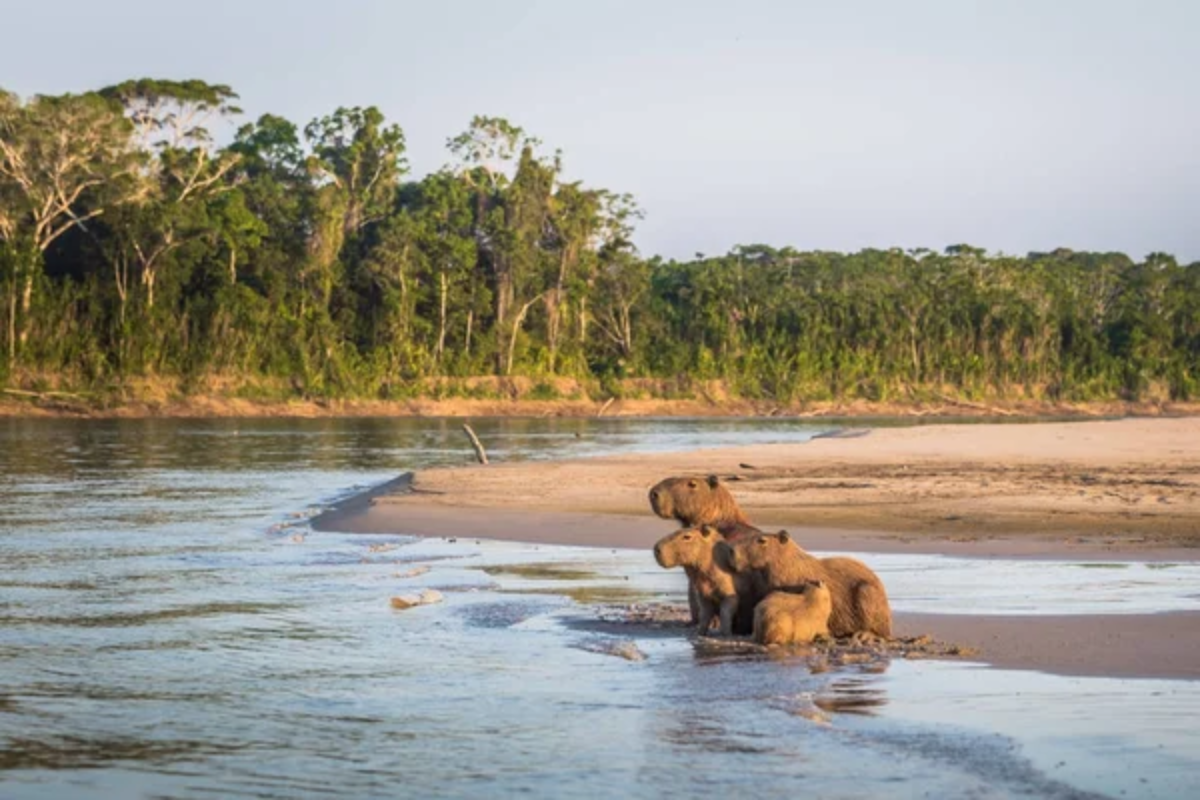
This UNESCO World Heritage site protects one of Earth’s most biodiverse regions, where Andean highlands transition into Amazon lowlands. Unlike more developed parts of the Amazon, Manu remains largely pristine and requires guided access, ensuring sustainable visitor numbers.
The park houses over 1,000 bird species and 200 mammal species, including rare Andean bears and jaguars, offering wildlife spotting opportunities far beyond anything possible at crowded archaeological sites.
Like Travel Pug’s content? Follow us on MSN.
Písac Beyond the Market
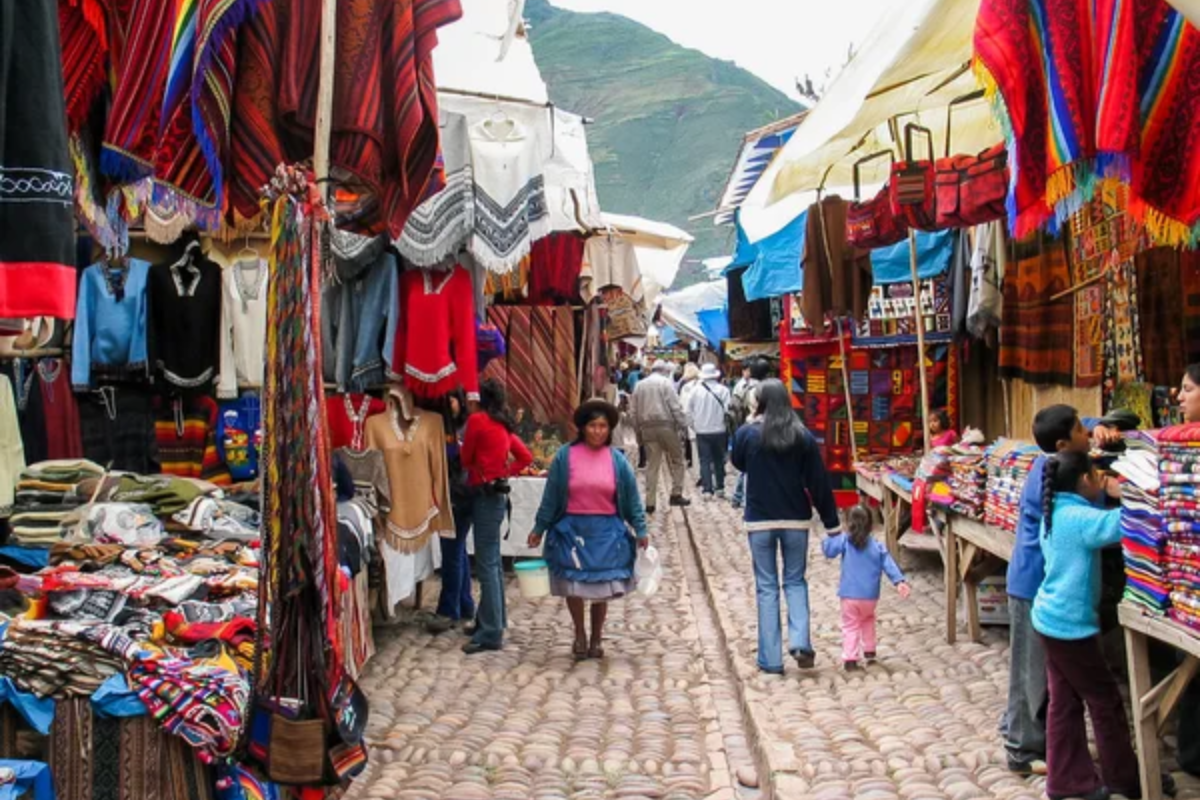
While tourists flock to Písac’s famous Sunday market, few venture to the spectacular ruins overlooking the town or the traditional villages in the surrounding mountains. The archaeological site features agricultural terraces that curve around the mountainside like giant fingerprints, creating a living museum of Incan farming techniques.
The nearby traditional communities welcome respectful visitors interested in authentic Quechua culture rather than manufactured tourist experiences.
Tambopata National Reserve

This protected area in Peru’s southern Amazon offers accessible rainforest experiences with comfortable eco-lodges as bases for exploration. Canopy towers provide views across endless jungle canopy, while oxbow lakes house giant river otters and black caimans.
The reserve contains several clay licks where hundreds of macaws gather each morning, creating a natural spectrum of color and sound more impressive than any man-made attraction.
Cordillera Huayhuash

This compact mountain range packs some of South America’s most spectacular alpine scenery into a trek that remains refreshingly uncrowded. The circuit passes turquoise lakes, 20,000-foot peaks, and remote villages where tourism remains a novelty rather than an industry.
The challenging terrain and high altitude keep visitor numbers low, preserving both the pristine environment and the authentic encounters with local herders who maintain traditional lifestyles in these high valleys.
Like Travel Pug’s content? Follow us on MSN.
Beyond the Beaten Path
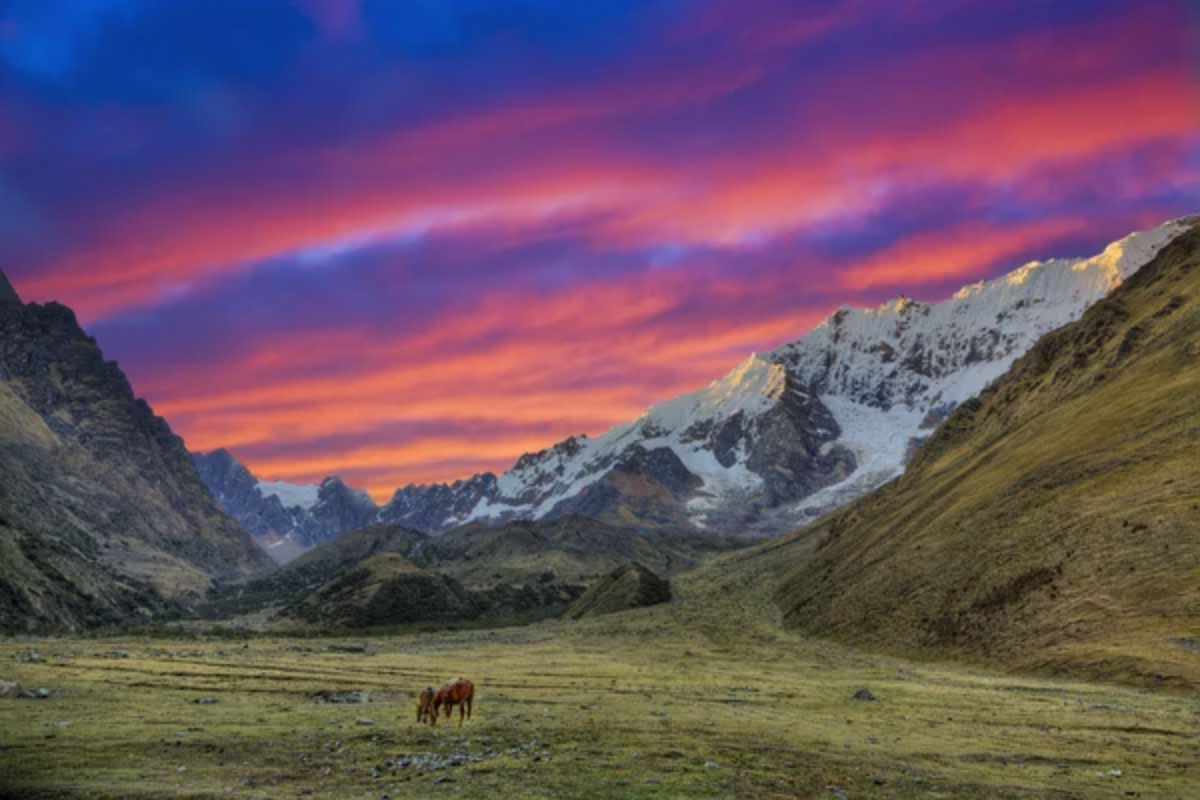
Peru’s true magic lies in these lesser-known destinations, where traditional culture thrives and natural beauty remains uncrowded. While Machu Picchu struggles under the weight of its fame, these alternatives offer more meaningful connections with Peru’s remarkable landscapes and living cultures.
The country’s diverse geography—from coastal deserts to Amazonian rainforests and everything in between—provides endless opportunities for travelers willing to venture beyond the most photographed ruins in South America.
More from Travel Pug

- Cities Growing so Fast You Won’t Recognize Them in 10 Years
- 13 Destinations Where Tourists Regularly Regret Their Trip
- 20 Obscure WWII Sites Even History Buffs Don’t Know About
- 10 Under-the-Radar Mountain Towns That Are Both Affordable and Beautiful
- Remote Villages in Europe Where You Can Live for Free in Exchange for Work
Like Travel Pug’s content? Follow us on MSN.
